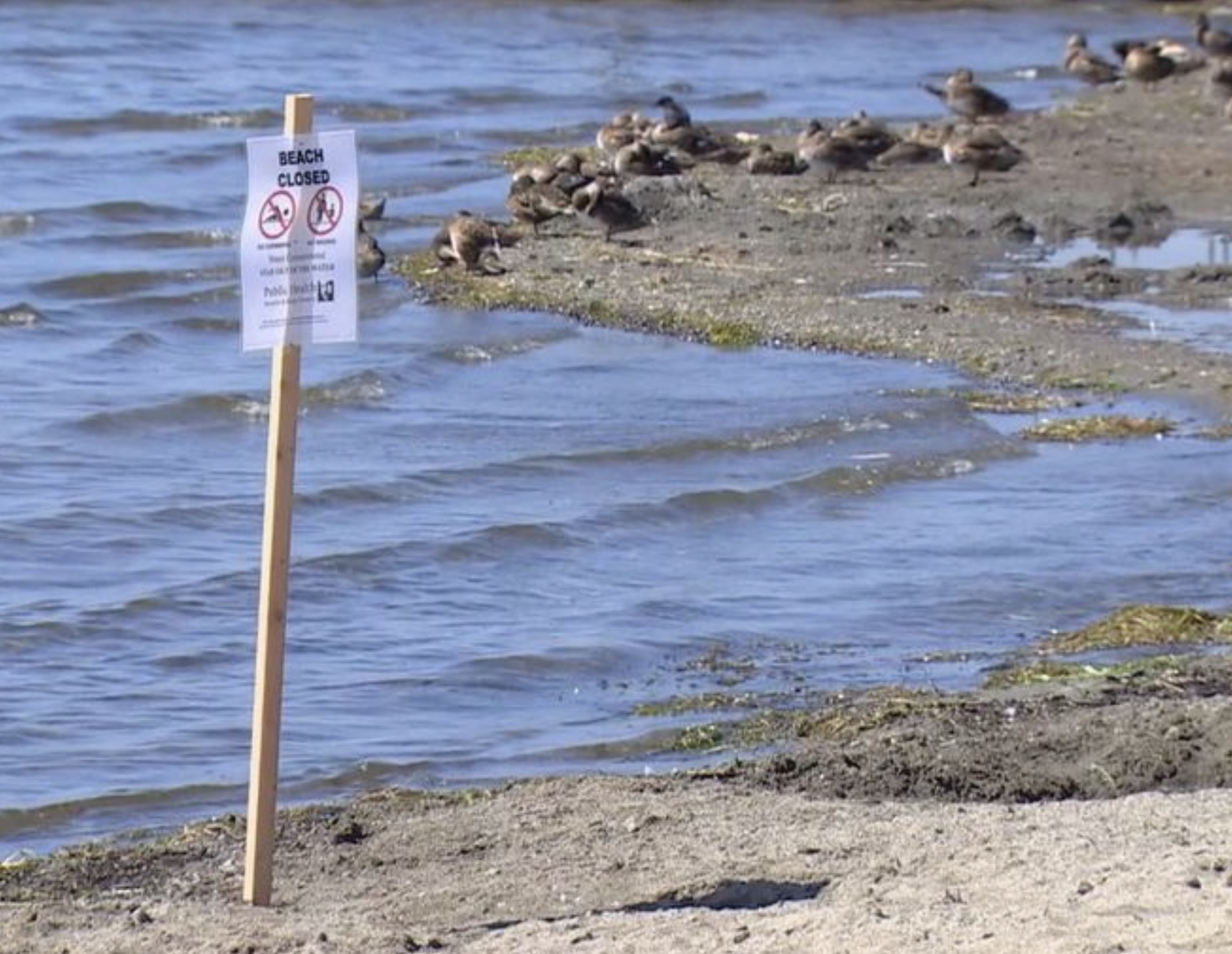Pollution Identification and Correction Program work group
Keeping poop out of water in King County
Many King County lakes, streams, and beaches have problems with poop throughout the year. The more poop in the water, the more likely there will be germs present. More germs in the water can cause more people to get sick when they play in the water or eat shellfish from polluted waters. We created a Pollution Identification and Correction (PIC) work group to find and fix sources of poop pollution.
Program update StoryMap
➔ NOTE: Hover cursor over the StoryMap then scroll downward to view the presentation. Some text may be cut off from view on some images. Click on an image in the StoryMap to see it in full view.

How does poop get in the water?
Poop can get in the water from many different sources. Some of these are:
- Broken or improperly connected side sewers
- Improperly managed livestock manure
- Failing on-site sewage systems
- Persons experiencing homelessness without access to proper sanitation
- Pet waste that is not disposed of properly
- Poop from waterfowl
- Sewage releases
Everyone plays a role in stopping these sources of poop, from sewer operators to dog owners. We can all do our job to protect our environment and prevent poop pollution.
How do we stop pollution and clean up poopy water?
The first step is to find where the poop is coming from. We created a Pollution Identification and Correction (PIC) work group to work together to find areas with a lot of poop pollution. There are many partners involved in this work. Our PIC work program includes scientists, planners, public health officials, managers, inspectors, and educators working together to find and fix sources of poop.
We are looking at each possible source of poop and fixing those that are causing pollution. By working together, we can see the big picture and use our resources more effectively.

PIC for residents

If you have a septic system, make sure you protect the system with proper water use and routine inspections. Learn more about how to maintain your septic system.
- We offer free technical assistance for septic system owners. We will help you to prevent septic system failures and pollution on your property. Call Septic Experts at 206-477-8177 (Public Health—Seattle and King County OSS Program).
- Check out our financial assistance programs for your septic systems.
- Check out our septic system maintenance rebate program to see if your property qualifies for up to $500 in septic system pumping, inspection, or rise installation.

If your property is connected to sewer, make sure that it isn't leaking by scoping the side sewer line. Repair any leaking side sewer lines.
- Side sewer repair rebates are available in Lakehaven and Midway Sewer Districts, providing up to $5,000 per property for eligible side sewer repair work.

If you have a dog, scoop their poop, bag it, and put it in the trash. Also, consider taking the zeropoo challenge!
Learn more about what you can do to prevent poop pollution in your community.

Don’t share food with wildlife. When animals gather in large groups in one area, the potential for spreading diseases increase. Then it becomes a public health concern for everyone.
PIC resources for agencies and jurisdictions
- Developing a Pollution Identification and Correction Program in King County (2019) (3.9 MB)
- One geographical area we focused our PIC program in is Poverty Bay. Learn more about our Poverty Bay PIC work group.
- Community Engagement Guide for PIC programs (3.3 MB). This guide can be used as a starting point for PIC community engagement and outreach work.
- Bacteria sampling at local swimming beaches
- Additional resources about poop pollution in King County:
External partners
This PIC work would not be possible without the support of many partners. We want to thank the following external partners for their help in reducing poop pollution across King County.


 Translate
Translate